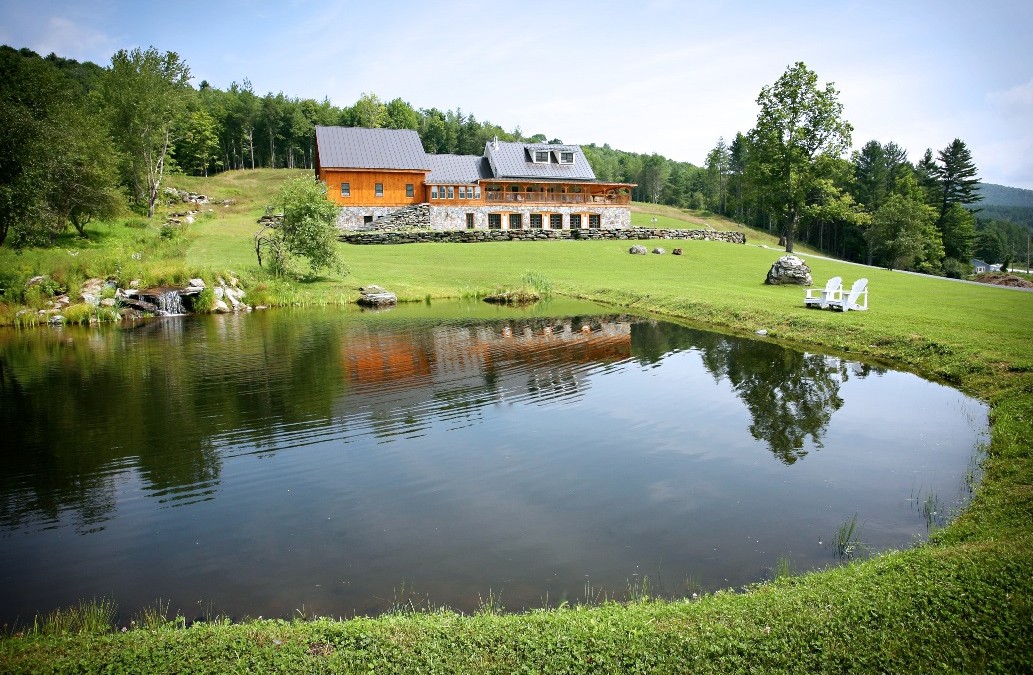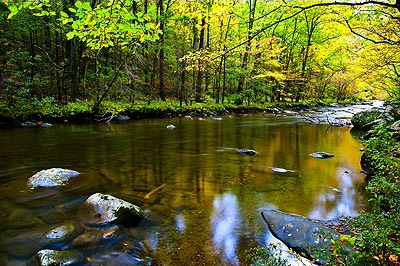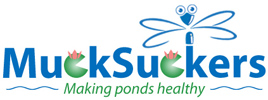
How to dredge – but not destroy – a pond
Dredging a pond is a damaging process. All water and all wildlife must be removed before the heavy equipment is brought in – and heavy equipment means felled trees and tattered shorelines.
Essentially, dredging is like saying goodbye to (or at best relocating) your wildlife, and then rebuilding the landscape after all the trucks have left the site. Surely, it’s a last-gasp choice to clean or save a pond. Surely, there’s a better way.
There is.
Sediment Removal Solutions of Ohio (SRS) employs scuba divers to avoid the wear and tear of conventional dredging. The divers use high volume suction pumps to remove the sediment from the bottom of the pond. The sediment is sent to another location, where it can be contained in a geotextile container, or simply absorbed into the land. (A geotextile container will allow the water to slowly drain away, so that the remaining sediment can be hauled away as a much lighter, and much more inexpensive load.)
With this system, no wildlife needs to be relocated. It leaves the surrounding environment virtually unscathed. The results are fantastic, too: with proper upkeep, a cleaning of this sort should last from 15-20 years.

The grounds surrounding a pond are often pristine, and difficult to bring back if damaged. (Photo courtesy of sedimentremovalsolutions.com)
Here are some added benefits, from the main SRS website:
- The restoration of the natural bottom without disturbing existing aquatic life in your pond.
- Cleaner water and a healthier ecosystem without damage to the existing landscape.
- A dramatic reduction of weed and algae problems.
- An expanded living space for your fish at a cost up to 75% less than dredging.
- A reduction in toxic gases and nutrients.
The cost of this service is dependant on the size of the pond and the amount of sediment. SRS utilizes daily rates, and these can be obtained through request. Meanwhile, the cost of dredging can mean so much more. Again, from the main SRS website:
“The average cost (for mechanical excavation) is around $75,000 per acre. To dragline wet, remember the sediment is in a soft liquid state. When the bucket hits the sediment, the sediment explodes in the water, saturating the entire water column, (like a spoon stirring chocolate in milk.) Yes, you will have a deeper pond, because they can remove the hard clays and soils at the bottom when they dig. But when they are finished and the pond settles, you are right back where you started.”
When it comes time to dredge, it’s good to know that there are options out there. SRS affords its customers a less damaging and more environmentally sound alternative to old fashioned dredging.

